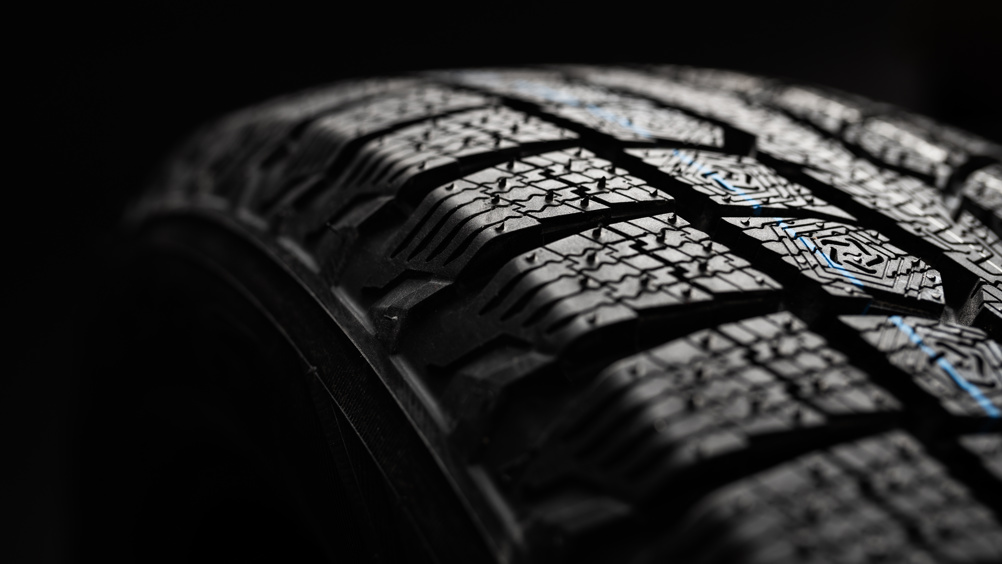Imperial report warns of tyre wear particulates
Researchers from Imperial College London have warned that particulate matter from tyre wear will continue to be a major health issue even when tailpipe emissions are eliminated.

Six million tonnes of tyre wear particles are released globally each year. In London alone, 2.6 million vehicles emit around nine thousand tonnes of tyre wear particles annually. In a new briefing paper, a multidisciplinary group of Imperial experts including engineers, ecologists, medics, and air quality analysts have called for as much investment into tyre wear research as there is for reducing fuel emissions, as well as for understanding the interactions between emissions and tyre wear.
“Tyre wear particles pollute the environment, the air we breathe, the water run-off from roads and has compounding effects on waterways and agriculture,” said lead author Dr Zhengchu Tan, from Imperial’s Department of Mechanical Engineering. “Even if all our vehicles eventually become powered by electricity instead of fossil fuels, we will still have harmful pollution from vehicles because of tyre wear.
“We urge policymakers and scientists to embark on ambitious research into tyre wear pollution to fully understand and reduce their impacts on biodiversity and health, as well as research to reduce the generation of these particles.”
Register now to continue reading
Thanks for visiting The Engineer. You’ve now reached your monthly limit of news stories. Register for free to unlock unlimited access to all of our news coverage, as well as premium content including opinion, in-depth features and special reports.
Benefits of registering
-
In-depth insights and coverage of key emerging trends
-
Unrestricted access to special reports throughout the year
-
Daily technology news delivered straight to your inbox










UK Enters ‘Golden Age of Nuclear’
The delay (nearly 8 years) in getting approval for the Rolls-Royce SMR is most worrying. Signifies a torpid and expensive system that is quite onerous...